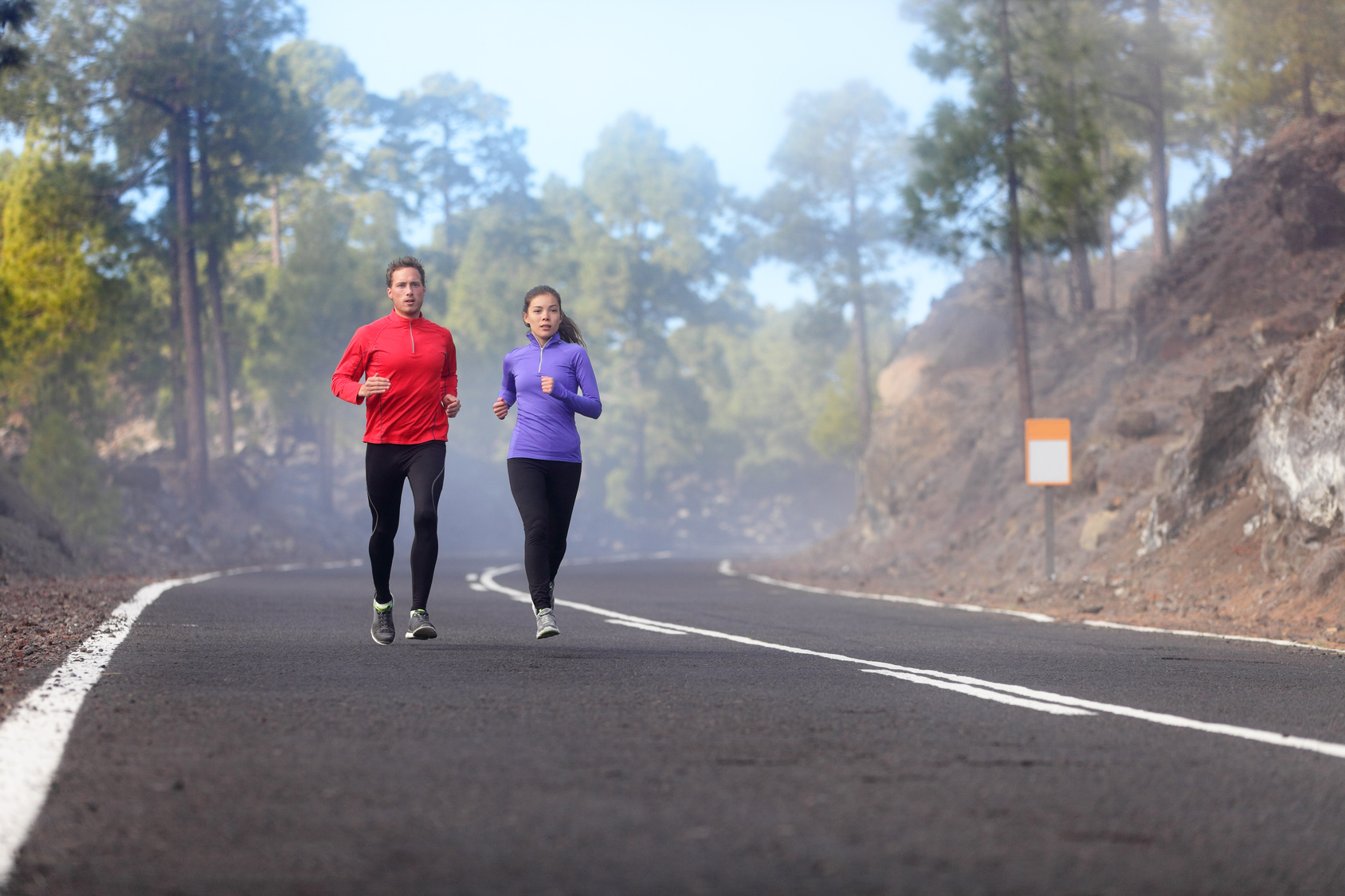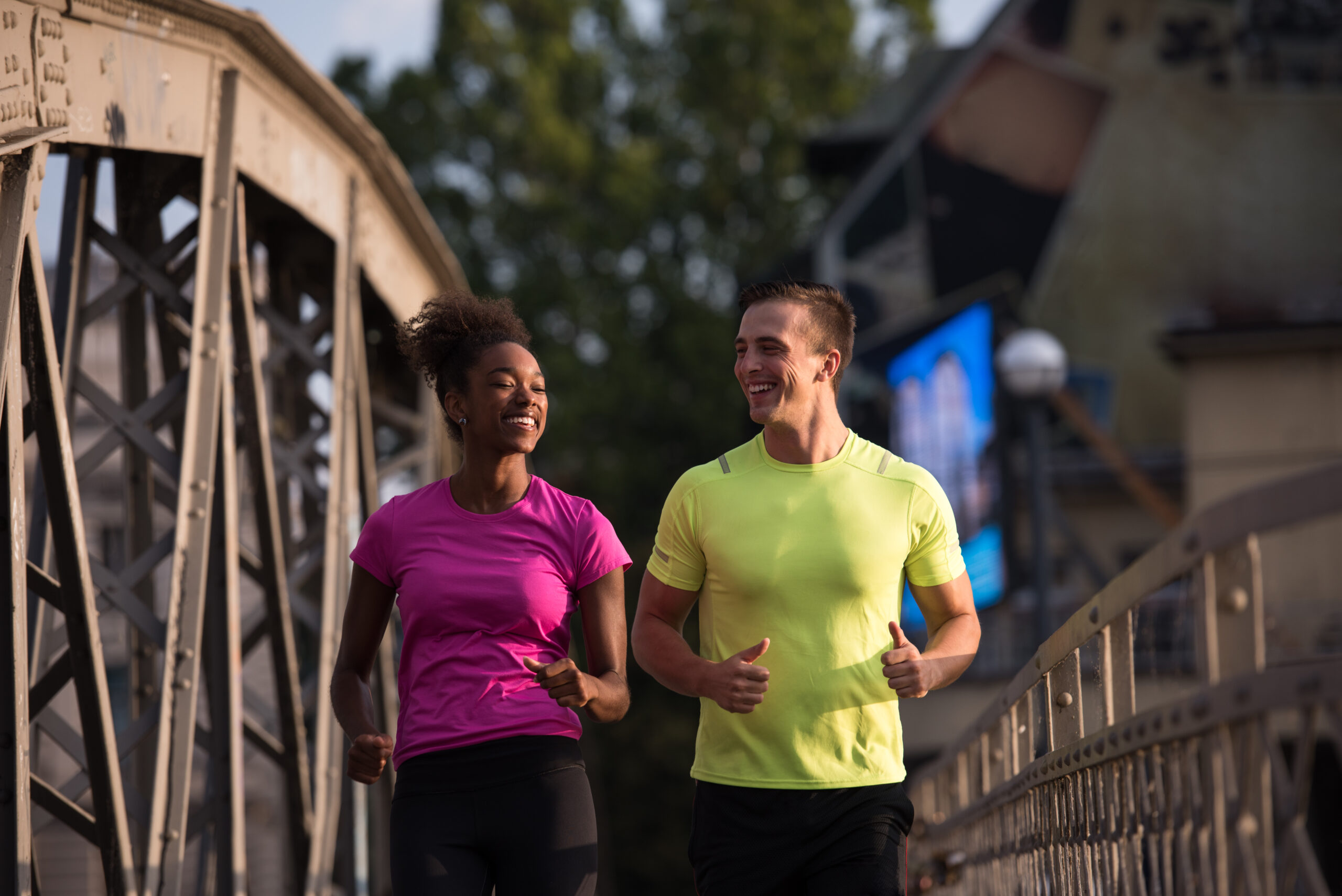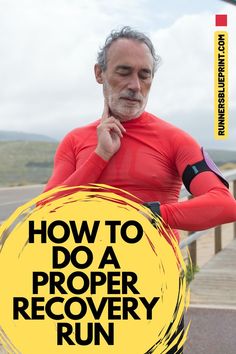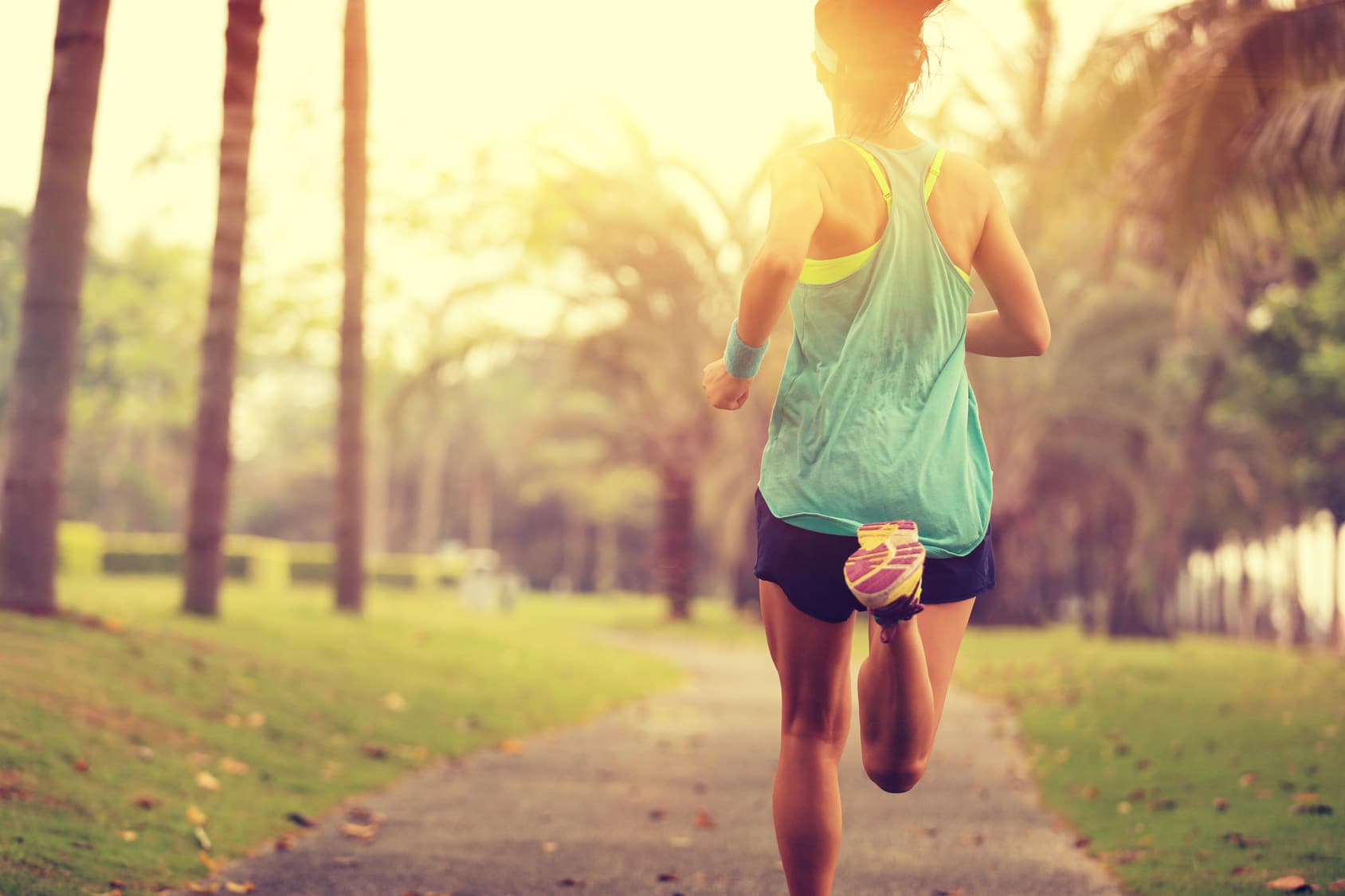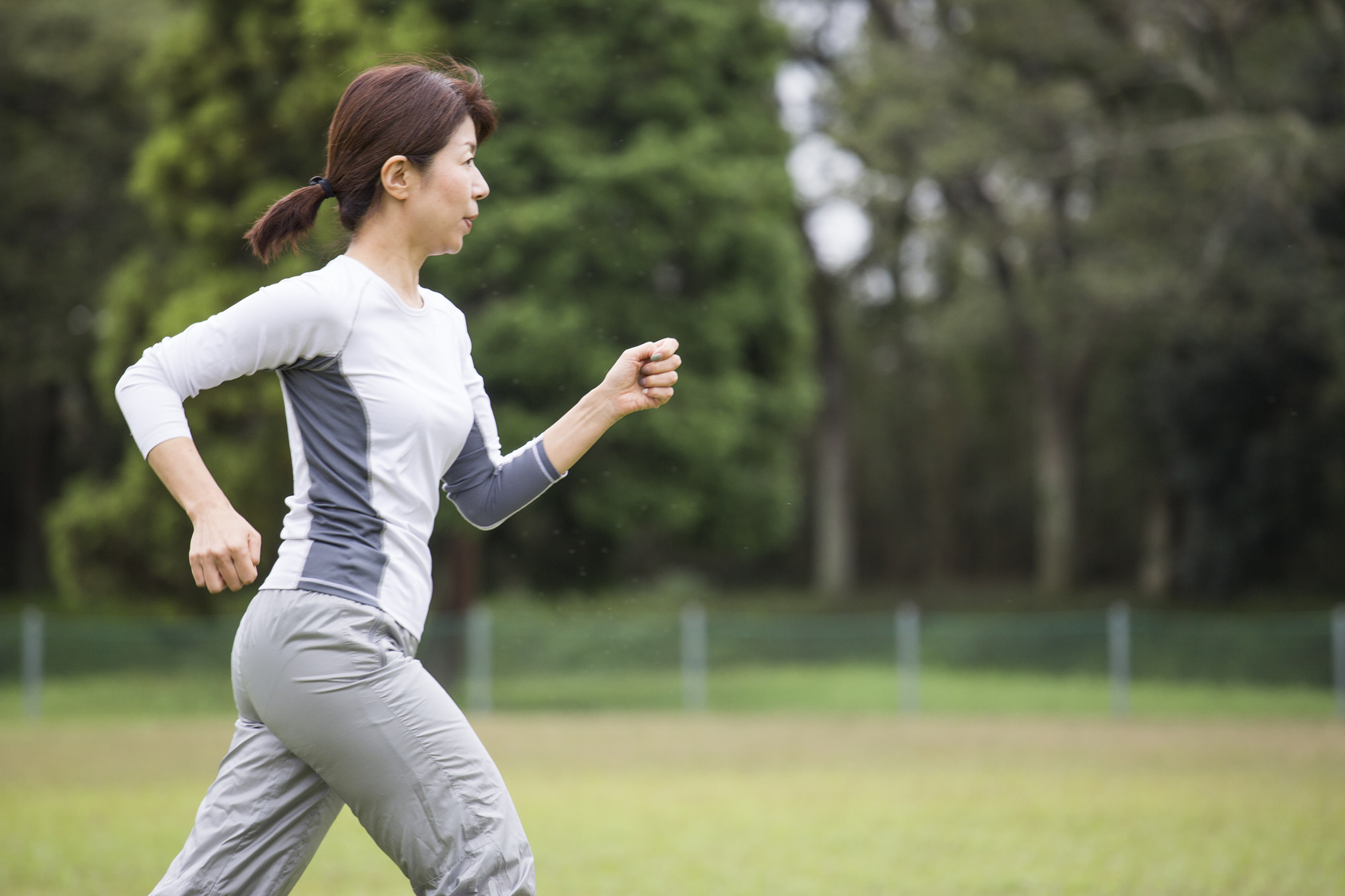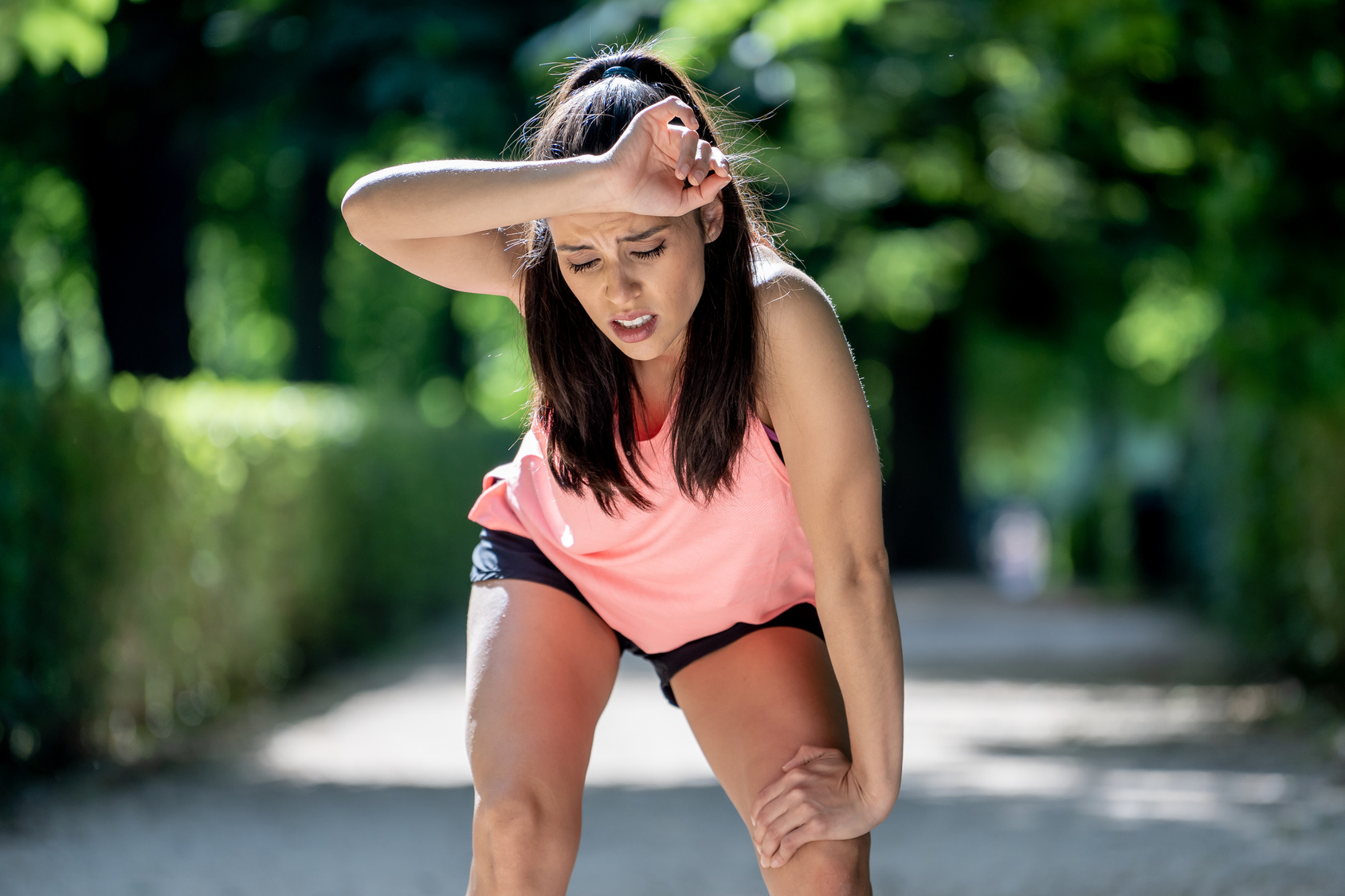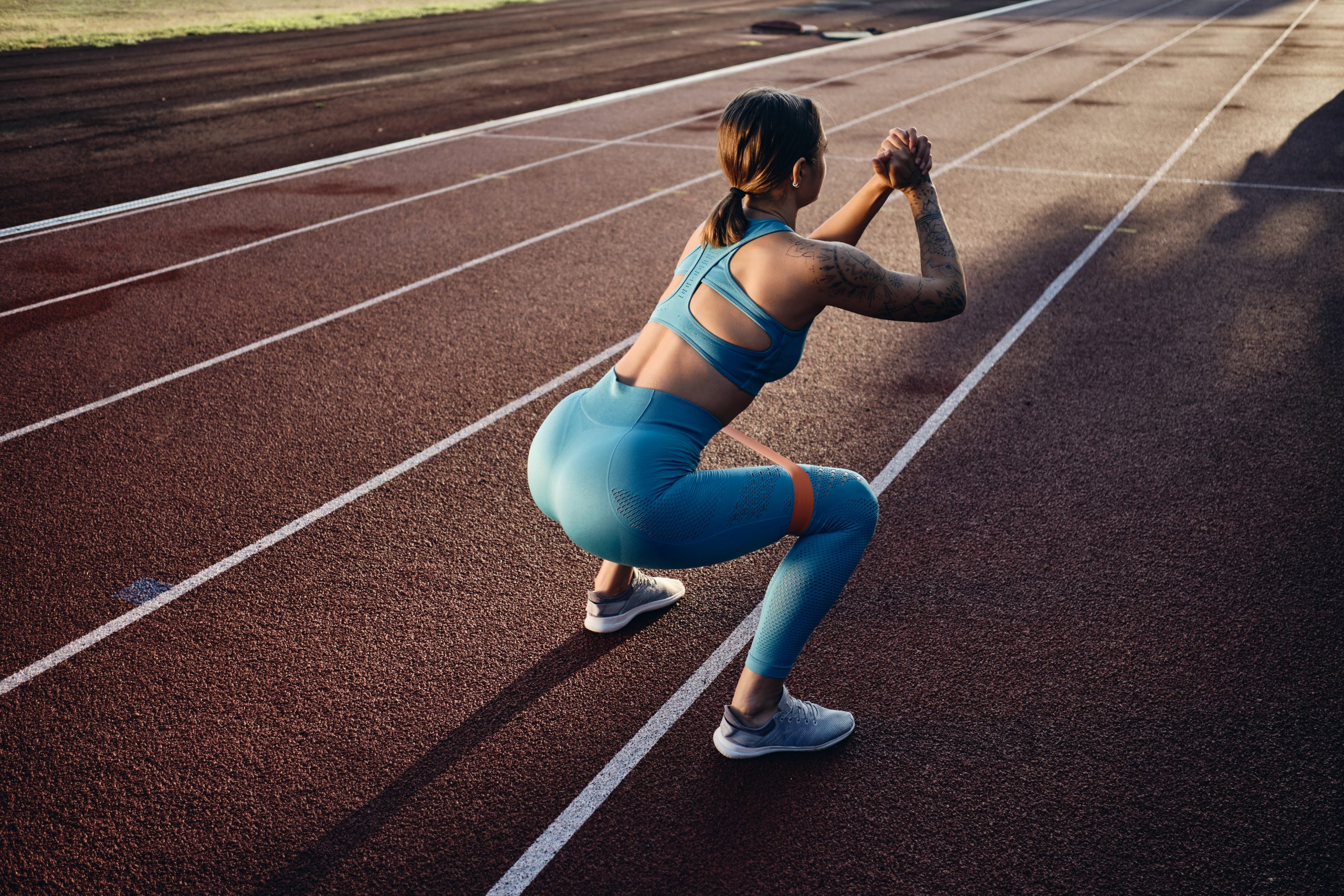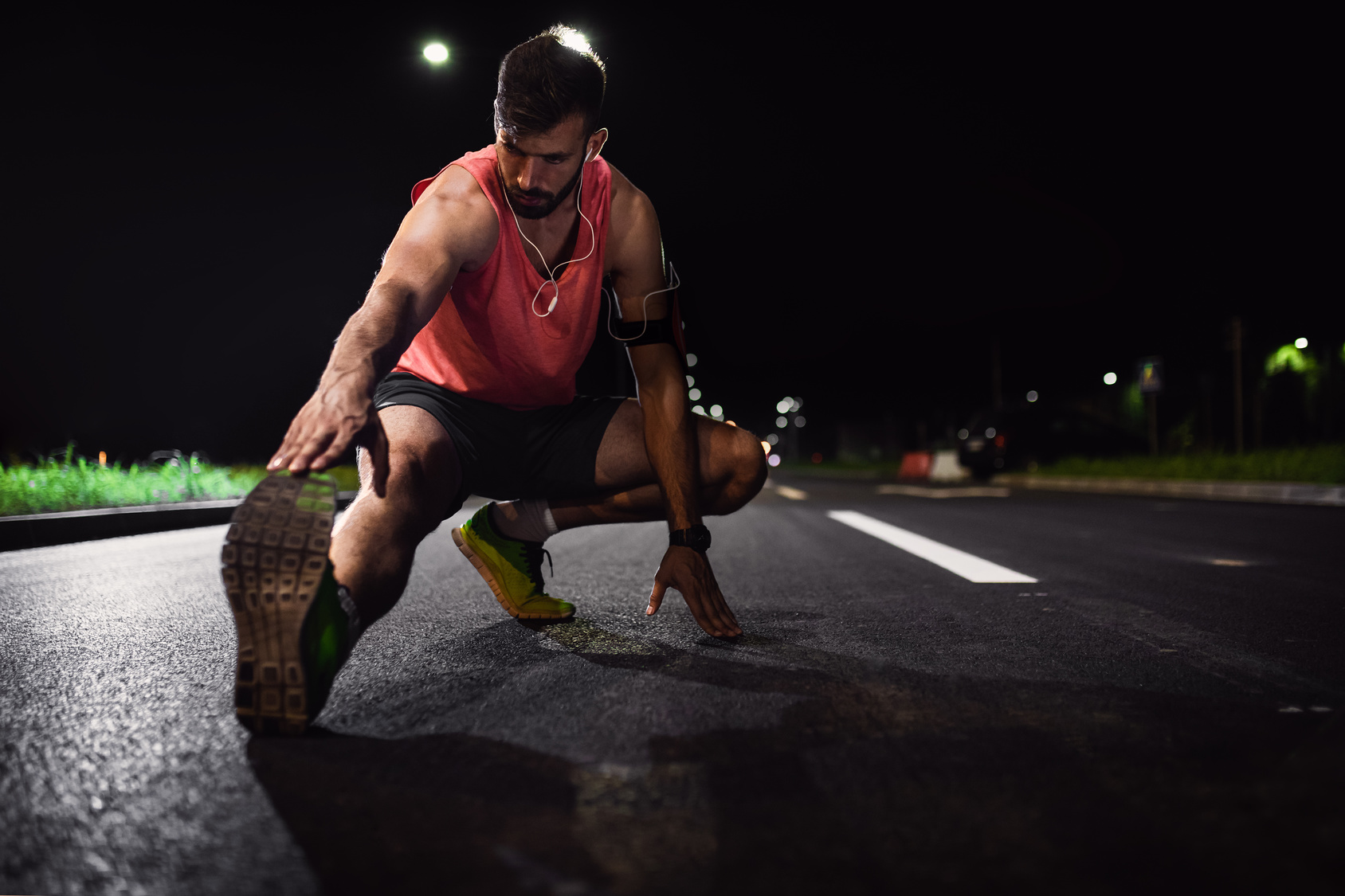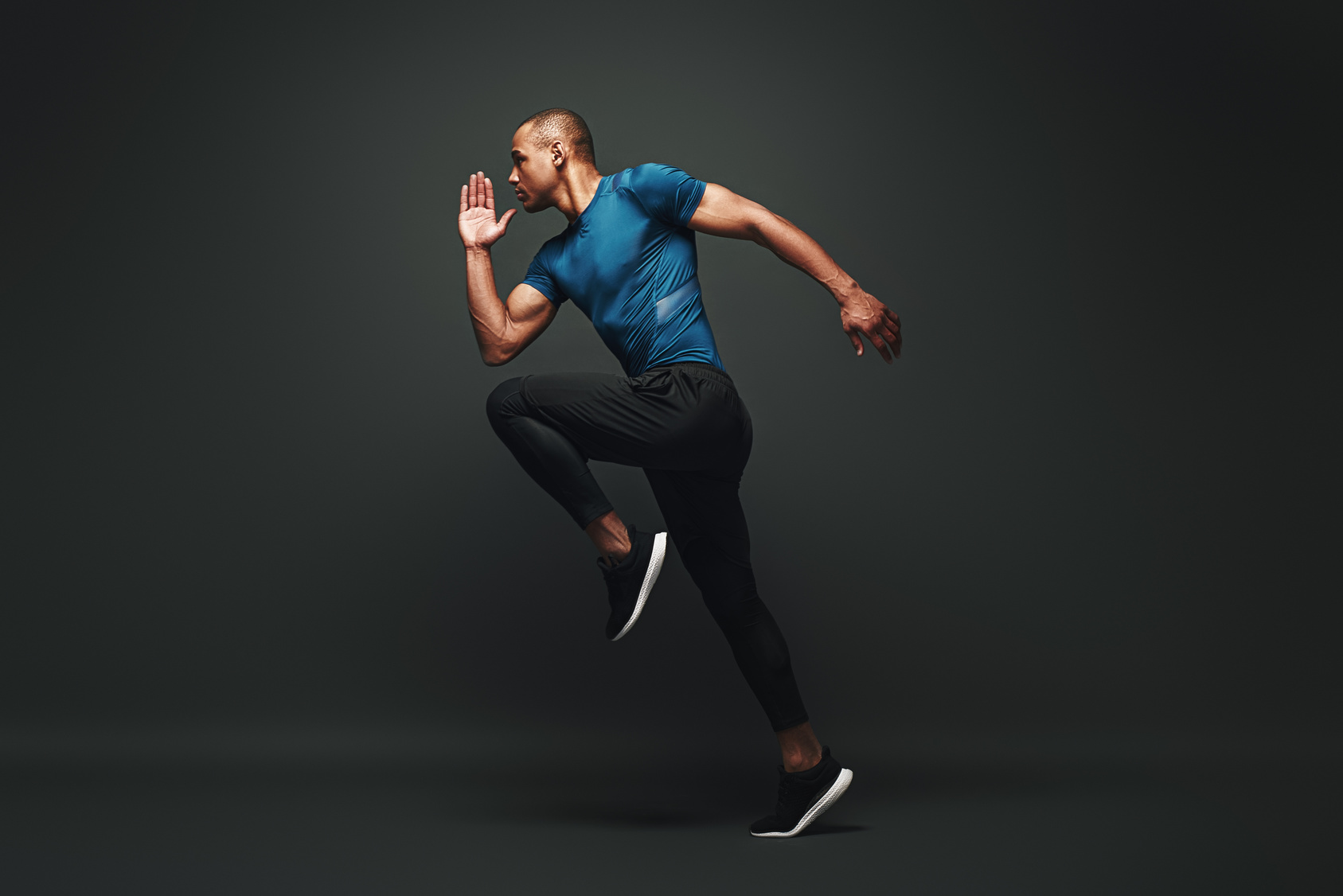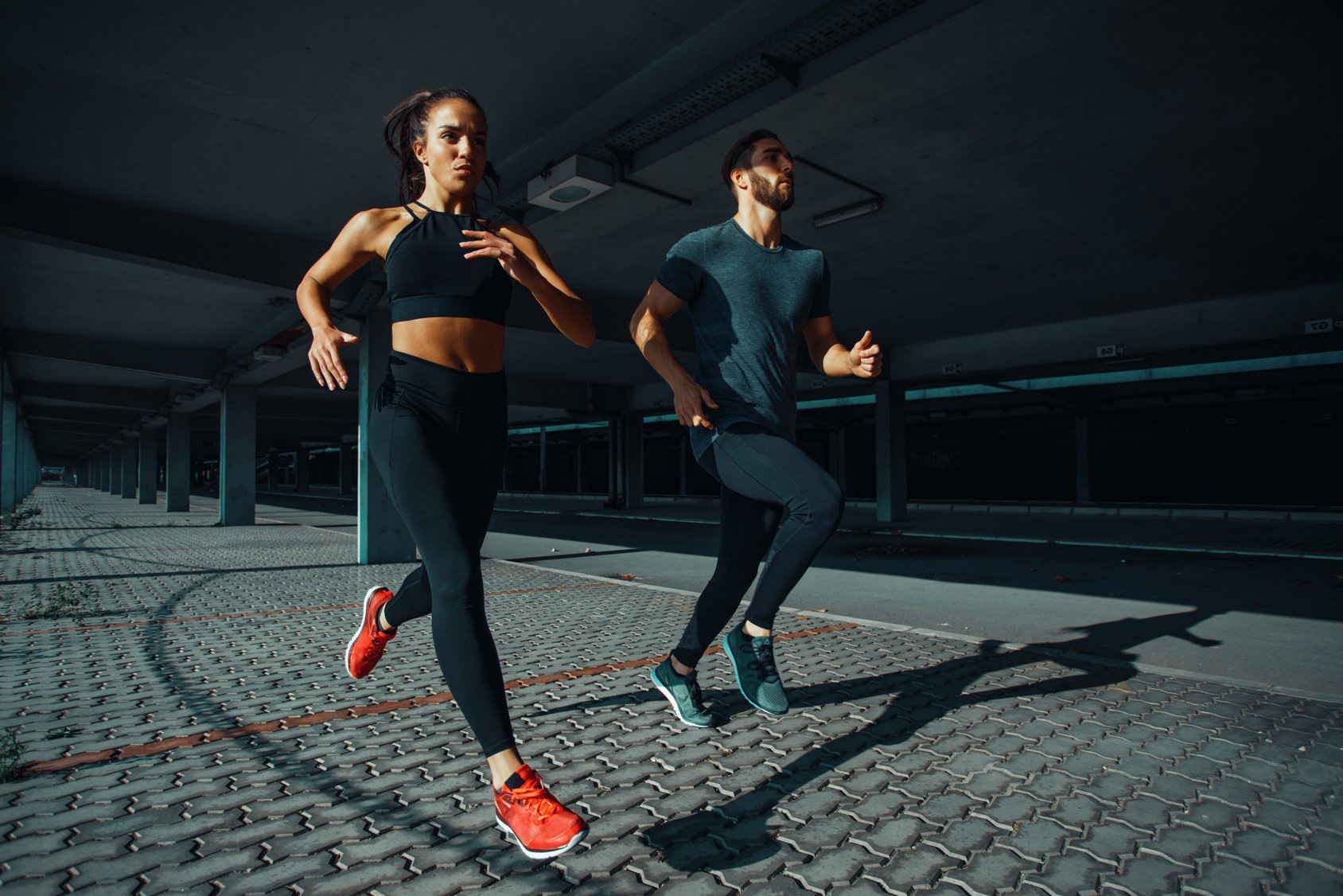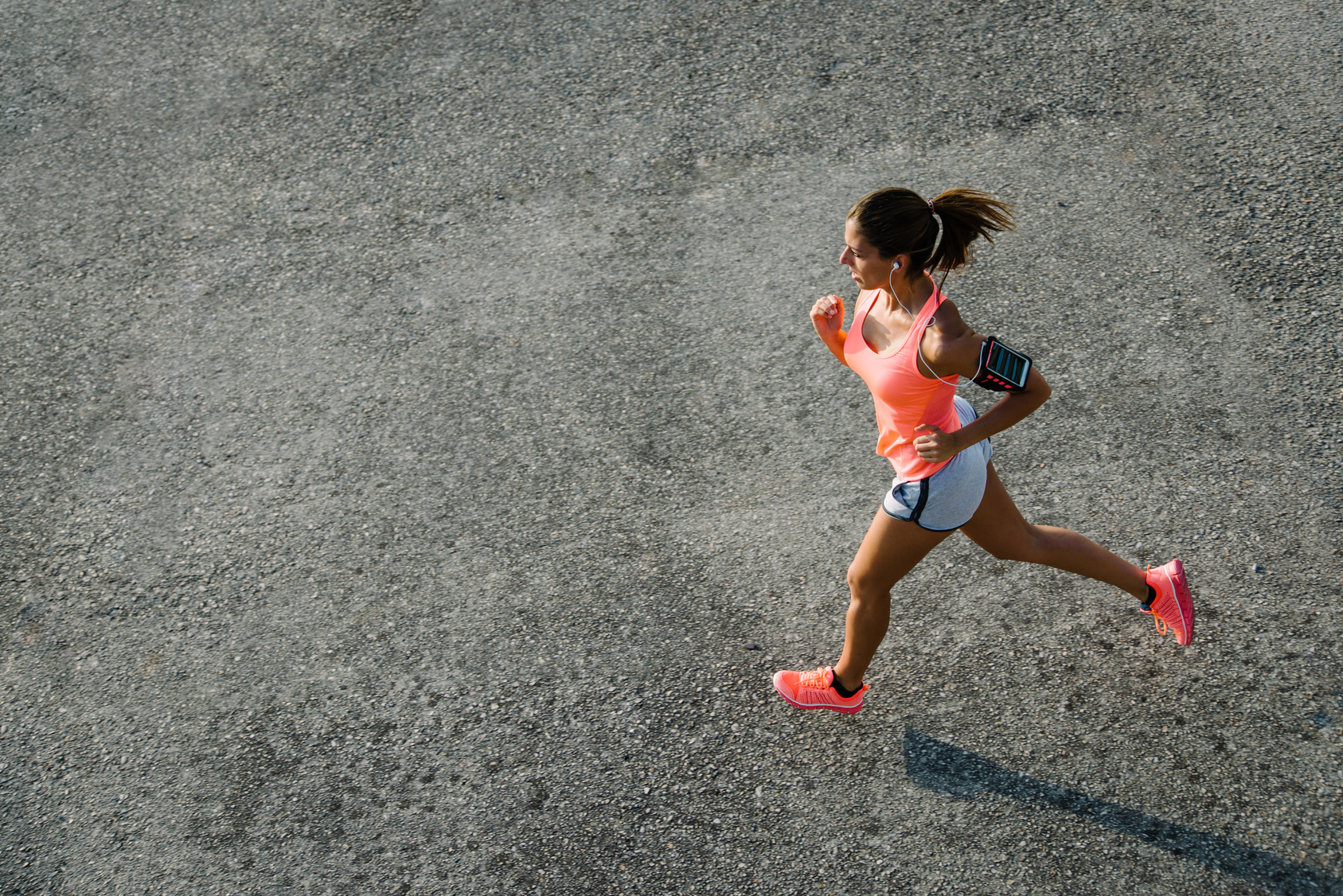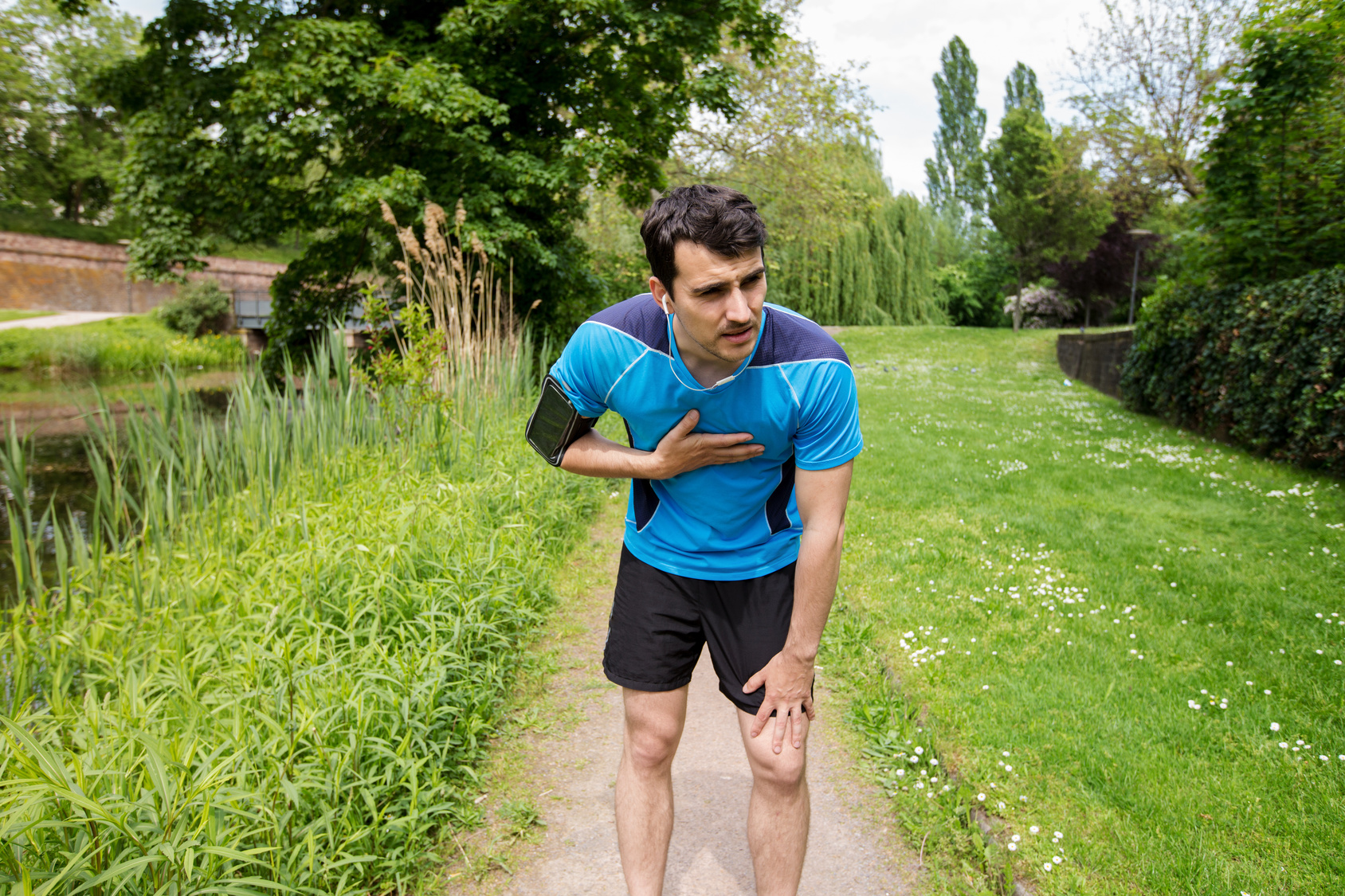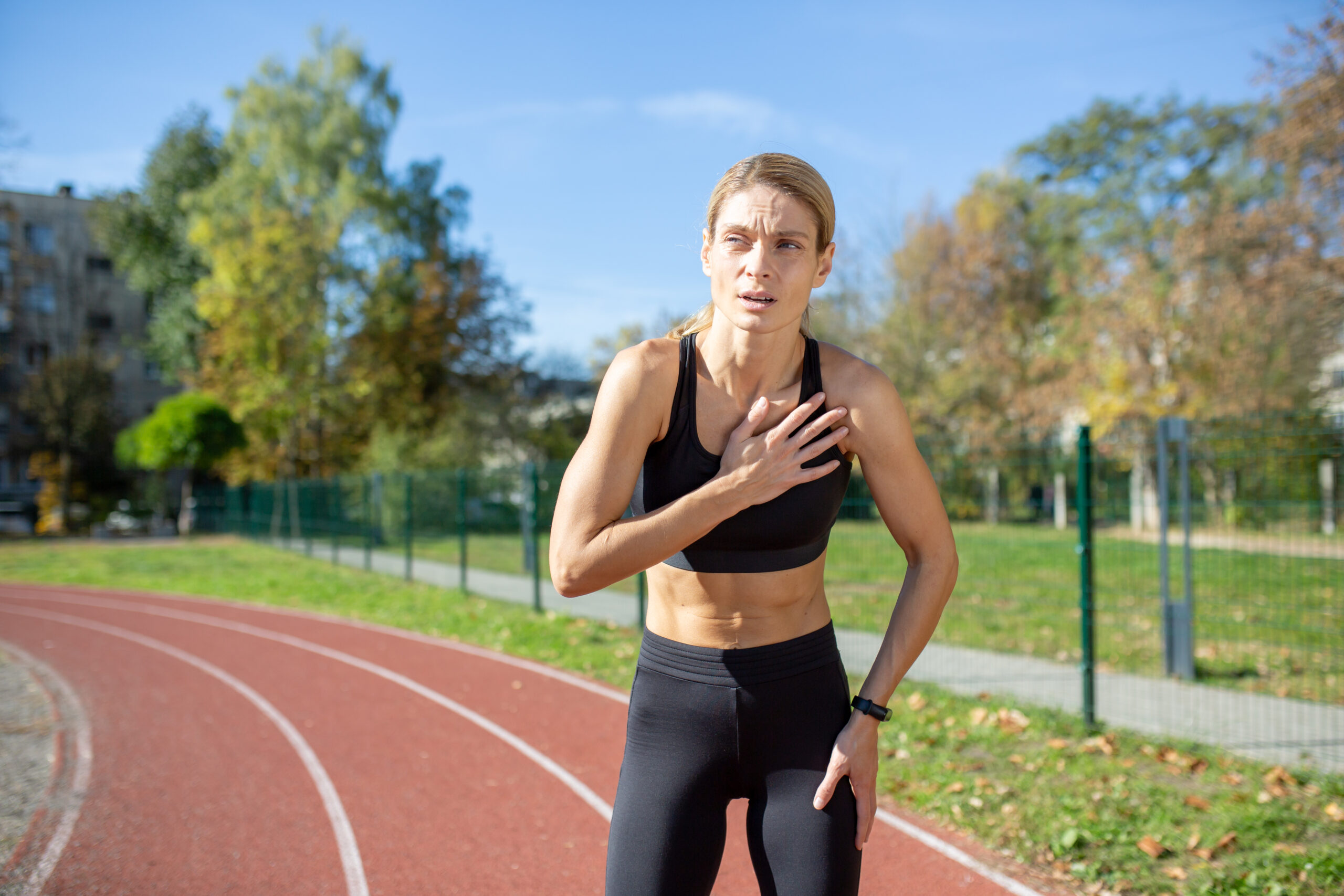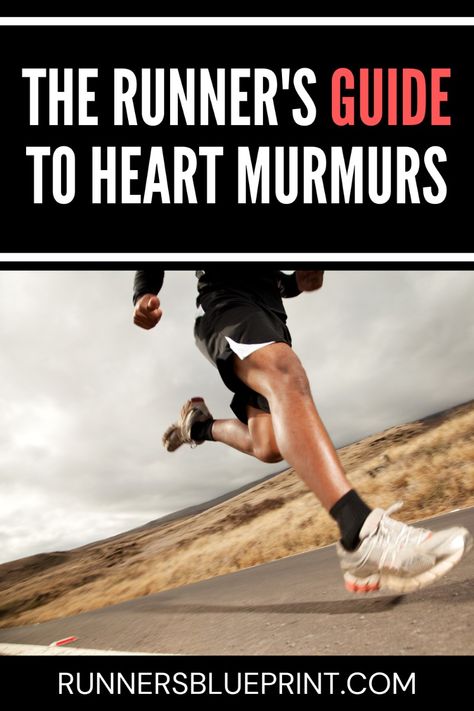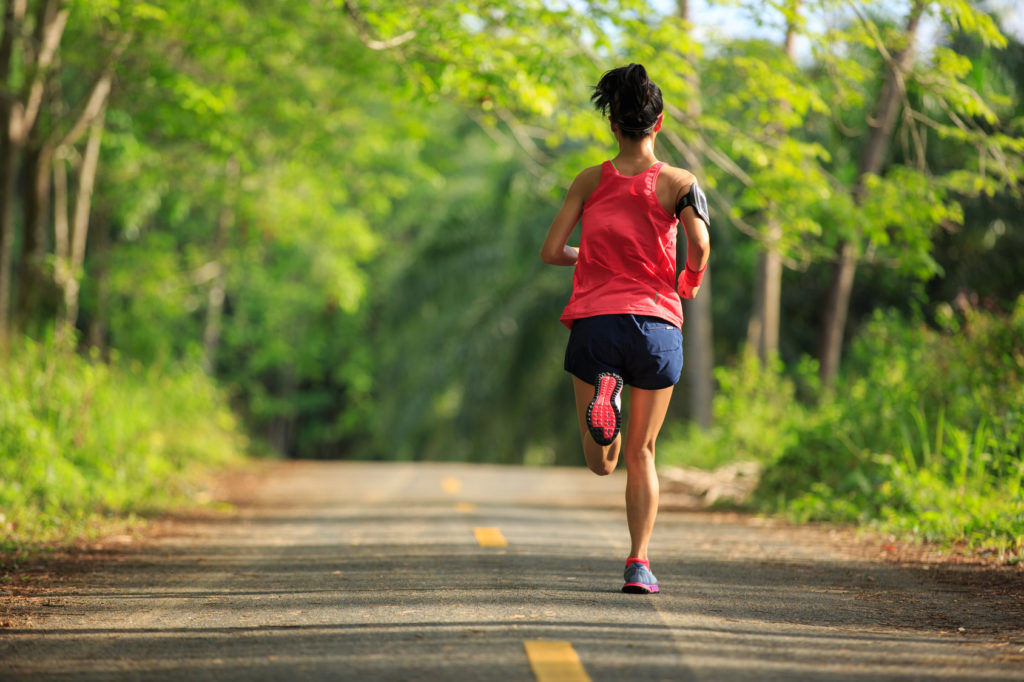As a running coach and a passionate runner who’s logged countless miles, I can’t stress enough how vital recovery runs are to a training plan.
You might think resting on the couch after a tough workout is the best way to recover, but trust me—recovery runs help keep your body strong and injury-free
Let’s break down why recovery runs are so helpful, how to nail the right pace, when to fit them in, and a few tips I’ve learned along the way.
What is a Recovery Run?
A recovery run is basically a relaxed jog you do within a day of a hard workout, like after intervals, a long run, or even a race.
These runs are usually done at a pace that’s 60 to 90 seconds per mile slower than your usual running pace. Think of it as a way to keep your body moving without putting too much strain on it. It allows your muscles to gently work out the stiffness and fatigue from your last run without adding extra strain.
The Benefits of Recovery Runs
While the science on recovery runs and accelerated recovery is still up for debate, they come with a host of benefits
Fatigue Resistance
One major advantage of recovery runs is building fatigue resistance. Running while your muscles are still tired trains your body to perform when fatigued, which can come in handy during the later stages of a race. Research from the University of Copenhagen has shown that running on tired legs can improve endurance and power output over time.
Prevent Muscle Soreness
Recovery runs get the blood flowing to sore spots, like your hamstrings and calves, helping you bounce back faster. This increased circulation can prevent your muscles from tightening up, reducing the likelihood of feeling sore after a hard workout. It helps your legs stay loose and relaxed, gearing you up for the next challenge.
Boost Weekly Mileage
Trying to up your weekly mileage? Recovery runs let you add more distance without burning yourself out
These easy runs still count toward your weekly volume, which helps improve your aerobic base. The more you run, the stronger your cardiovascular system becomes, and the easier to tackle longer distances or faster paces.
Improve Running Form
These easy runs are a perfect time to check in on your form and fine-tune your stride. Since you’re running slower, you’ll have the energy to pay attention to your posture, foot strike, and overall biomechanics.
Over time, this focus on form during recovery runs can help prevent injuries and improve your efficiency as a runner.
How Long Should a Recovery Run Be
Usually, a recovery run is around 3 to 5 miles, or about 25 to 40 minutes, but go by what feels good for your fitness and goals.
Recovery runs can play a big role in your post-race recovery if you’ve just completed a race. The timing of your recovery run depends on the length of the race and how your body feels afterward.
Here is some general advice on when to plan your return to training.
- Recovery Run After a 5K or 10K. Resume normal training within a few days, depending on your fitness level. The first day after the race, examine how your body feels. Usually, you’ll want to do a recovery run for at least 20 minutes, then stretch your body.
- Recovery Run After A Half-Marathon. Completing a half marathon guarantees that you have inflicted some damage to your body. After a couple of days, go for a 20 to 30-minute recovery run to help you get back into the swing of things as soon as possible.
- Recovery Run After A Marathon. The following day following the race, walk around and stretch your body. Avoid running or any form of intense cross-training. Then, after two or three days, lightly cross-training. Next, schedule your recovery run three to four days post-race.
How to Find the Right Recovery Run Pace
Now that you know the benefits of recovery runs, let’s discuss how to find the right pace.
At first, I struggled with how slow to go; I didn’t want to feel like I wasn’t working, but that’s exactly the point of a recovery run.
I thought that it didn’t count if I wasn’t sweating. But that mindset completely misses the point of a recovery run. These runs are all about taking it easy.
I began using the talk test: if I could comfortably chat, I knew I was in the right zone. Some days, I’d run with a friend, and we’d talk the entire time. But that was the beauty of it: no pressure, no expectations—just running for the sake of movement
I hate to sound like a broken record, but a recovery run is not the time to push yourself. It’s all about running at a comfortable, easy pace.
Here are two methods that helped me find the perfect pace for recovery runs.
Method 1: Use Your Heart Rate
Keeping an eye on your heart rate is a great way to make sure you’re not overdoing it. For recovery runs, aim to keep your heart rate between 60% and 70% of your maximum heart rate, typically known as zones 1-2. This ensures that your body isn’t working too hard, giving your muscles a chance to recover while still staying active.
Method 2: The Talk Test
If you don’t have a heart rate monitor, no worries! The talk test is a simple, effective way to gauge your effort. During a recovery run, you should be able to hold a conversation without gasping for air.
I like to recite something like the alphabet or a favorite quote while running to see if I’m going too fast. If I’m out of breath, I slow down. The key is to feel relaxed and comfortable throughout the run.
Pick a Flat Course
When choosing where to do your recovery runs, terrain matters. I prefer softer surfaces like grass or gravel to lessen the impact on my joints. Avoid steep hills or rugged trails, as your legs need a break from the pounding they endured during your last hard workout.
I love heading to a nearby park for my recovery runs. It allows me to unwind in nature while taking the pressure off my legs with softer ground.
Balancing It Out
Aim to do your recovery run within 24 hours after a tough workout or long run.
If you had a particularly hard session in the morning, consider doing a recovery run the next day or even later that evening. This is often referred to as a “double,” where elite runners might do two runs in a day to pack in more mileage.
Remember: recovery runs should feel easy. If you finish feeling wiped out, you’ve missed the mark.
Listen To Your Body
The most important thing is to listen to your body. If you’re feeling tired or sore, take it easy. If your recovery run feels too hard, slow down. Recovery runs are meant to be low-stress, so there’s no need to push yourself.
A practice I like to do is a quick body scan before every run. I check in with how my legs feel, my energy level, and whether I’m mentally ready to run. This simple routine has helped me adjust my training when needed and avoid overtraining.
Sample Weekly Training Plans with Recovery Runs
Adding recovery runs after your tougher workouts is key to maintaining a balanced training routine. These easy-paced sessions help your body recover while still adding mileage and keeping your running muscles active. Below are sample weekly plans for beginner, intermediate, and advanced runners to show how recovery runs can fit into different training levels.
Beginner Training Plan
Perfect for newer runners looking to safely build a routine while staying injury-free.
- Monday: Rest or light stretching
- Tuesday: Easy run (20–30 minutes)
- Wednesday: Rest or cross-training (e.g., cycling, yoga)
- Thursday: Speed workout (e.g., 4x200m intervals)
- Friday: Recovery run (20 minutes, conversational pace)
- Saturday: Long run (4–5 miles, easy pace)
- Sunday: Rest
Coach’s Tip: Start with shorter recovery runs to avoid fatigue and gradually add time as you feel more comfortable.
Intermediate Training Plan
Ideal for runners who are comfortable with longer runs and ready to add speed work while balancing recovery.
- Monday: Easy run (30 minutes)
- Tuesday: Speed workout (e.g., 6x400m intervals)
- Wednesday: Recovery run (25–30 minutes, slow pace)
- Thursday: Cross-training (e.g., swimming or cycling)
- Friday: Tempo run (20–25 minutes at a comfortably hard pace)
- Saturday: Long run (6–8 miles, easy pace)
- Sunday: Recovery run (30–35 minutes, relaxed pace)
Coach’s Tip: Use your Wednesday and Sunday recovery runs to loosen up any lingering soreness from harder sessions. Keep the pace conversational and avoid pushing.
Advanced Training Plan
Great for experienced runners preparing for higher mileage and intense training blocks.
- Monday: Tempo run (30 minutes at a comfortably hard pace)
- Tuesday: Recovery run (30–40 minutes, slow and steady)
- Wednesday: Interval workout (e.g., 8x400m with 90 seconds rest)
- Thursday: Recovery run (30–35 minutes, easy pace)
- Friday: Cross-training or rest
- Saturday: Long run (10–12 miles, easy pace)
- Sunday: Recovery run (30–45 minutes, very relaxed pace)
Coach’s Tip: For advanced runners, recovery runs are essential to managing fatigue, especially during high-mileage weeks. Emphasize a slow, steady pace and use these sessions as time to mentally and physically recharge.
How Do You Incorporate Recovery Runs into Your Routine?
Do you have a favorite day for recovery runs, or a special route that helps you keep the pace relaxed? Maybe you’ve noticed specific benefits, like reduced soreness or improved endurance, from adding these easy sessions to your schedule.
Whether it’s a pacing strategy, a personal routine, or any other insights on making the most of recovery runs, jump into the comments below! Your tips could inspire other runners to embrace recovery days and keep their training strong and balanced.

